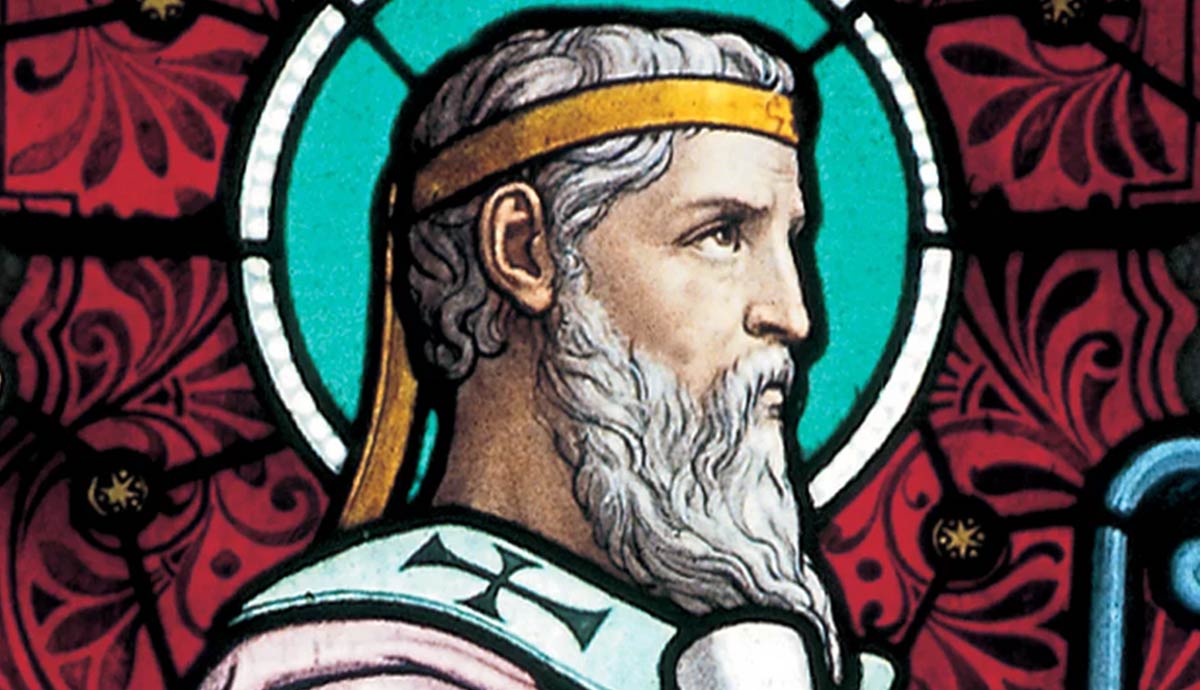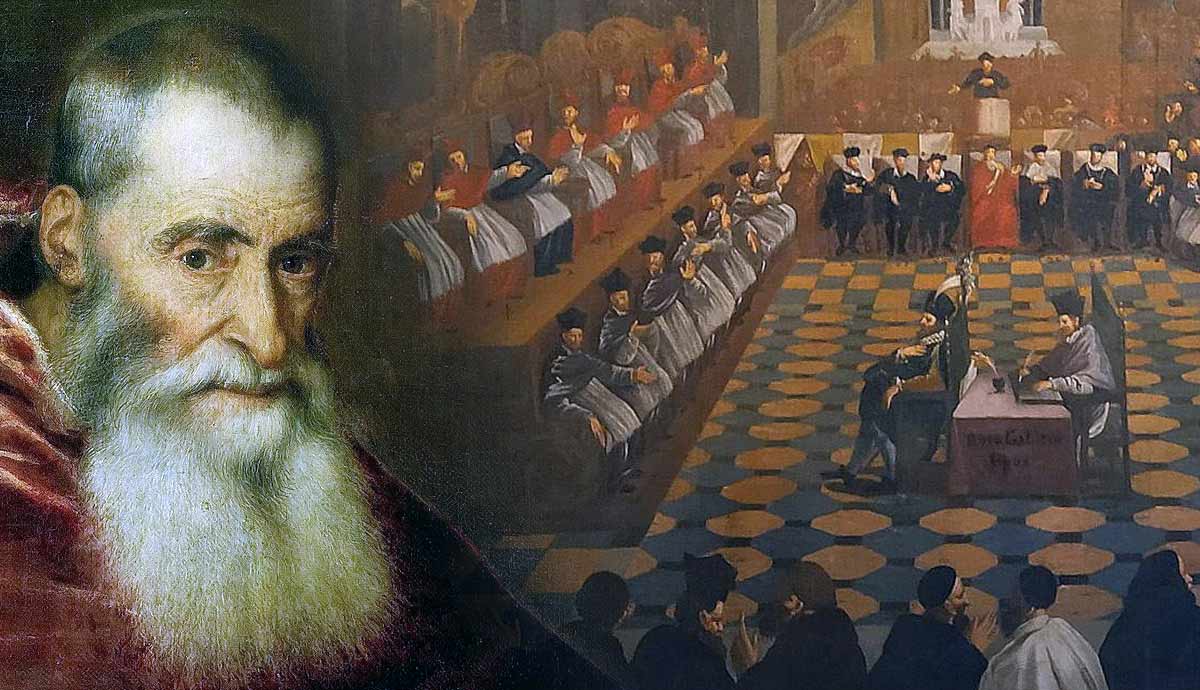
The term “gnostikoi” (from a root word meaning “knowledge-supplying”) was first used by Irenaeus of Lyons to describe a theological development in the time period following the New Testament.
Particularly, he wrote against a theologian named Valentinius who taught that the creator of the physical world, the “demiurge,” and the highest “god” were separate beings, and the rest of the gnostic beliefs flowed out of that idea. Gnosticism as a theological position developed not long after the time of the New Testament as Christianity began to spread and its ideas were being developed.
Gnostic Beliefs

While gnostic beliefs can be widely varied, several ideas remain consistent. Gnosticism considered the physical world as evil, and the spiritual world as good. Salvation was not a matter of faith in Christ or repentance from sin, but of realization of a sort of secret knowledge (“gnosis”) regarding the divine. The creator of the physical realm was not the ultimate highest being, and there were other higher, spiritual beings which embodied virtues.
Gnostic Beliefs About Jesus

Gnosticism generally denies the incarnation of Jesus Christ – that the Son, the second Person of the Trinity, became human flesh permanently and died and rose again in that form, and was both fully human and fully divine. Gnostics held that Jesus became temporarily human to spread His message, one of a “gnosis” that transformed the inner man to his true, divine nature. Jesus’ physical form (Jesus) and His spiritual essence (the Christ) were separate, and the spirit did not suffer as the physical form had. The early Gnostics claimed their message came directly from Jesus through the apostles.
Gnostic Scripture

Many of the later pseudo-Gospels of the late first and second centuries were produced by gnostic authors claiming to be an original apostle. Few found any acceptance among the early church, and were eventually rejected by church leadership for various reasons, often low acceptance among multiple congregations, false authorship, or theology inconsistent with commonly accepted books. For a time, much of what we knew about the gnostic writings came through early Christian leaders such as Irenaeus of Lyons, Tertullian, and Justin Martyr. Athanasius condemned them in his 39th Festal Letter on Easter 367 CE:
“…an invention of heretics, who write them when they choose, bestowing upon them their approbation, and assigning to them a date, that so, using them as ancient writings, they may find occasion to lead astray the simple.”
In 1945, a discovery was made known as the Nag Hammadi library, where a collection of gnostic texts written in the Coptic language were discovered in Egypt. The collection contained such works as the Gospel of Judas, the Gospel of Thomas, and the Apocryphon of John. In all, about 52 documents were within the collection, most of which were gnostic texts.
What Happened to the Gnostics?

Gnosticism faded away over the first few centuries after the New Testament period for several reasons. With many of the gnostic works condemned within the church leadership at large, much gnostic material was lost or destroyed, or simply not copied on as the New Testament was. By the time of the Council of Nicaea in the 300s, the church had largely rejected gnostic thought and coalesced around Trinitarian definitions and accepted the idea that Jesus Christ was both fully human and divine.
Outside of a small people group known as the Mandeans who reside in Iraq and Iran, Gnosticism has few adherents and has only had a minor resurgence due to the Nag Hammadi library.










